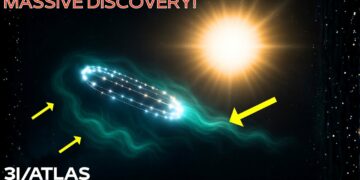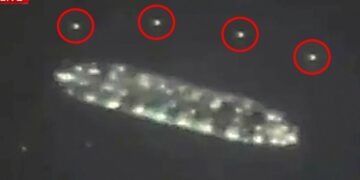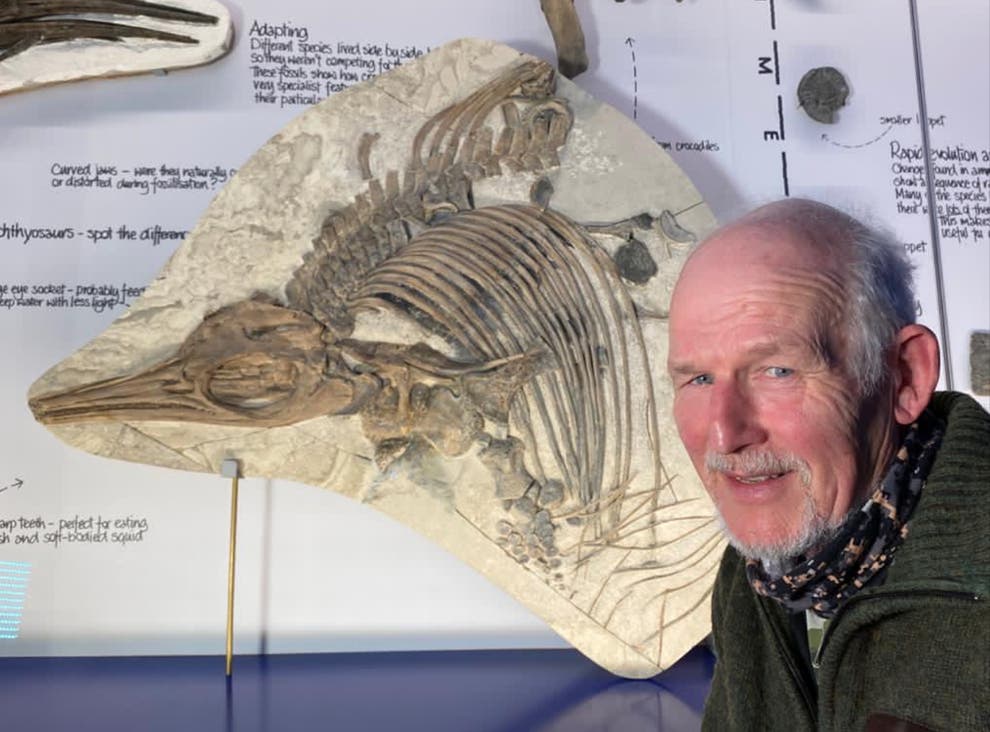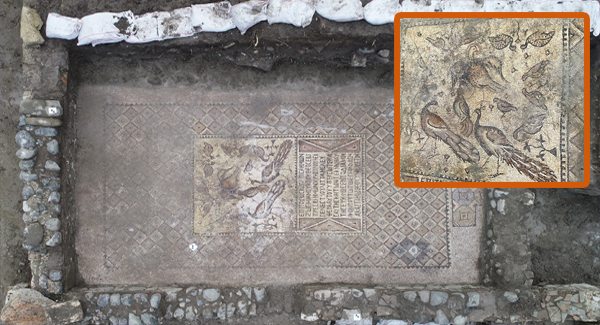In a remarkable development, NASA reports that Voyager 1, the farthest human-made object in the universe, has resumed sending coherent data to Earth after months of transmitting garbled signals. Launched over four decades ago alongside its twin, Voyager 2, these spacecraft continue to captivate scientists with their enduring instruments. However, a recent discovery has sparked intense intrigue: an AI-developed tool may have uncovered a hidden message encoded in Voyager 2’s images, igniting global speculation about whether these faint patterns reveal something extraordinary or merely a data anomaly.
Voyager 2’s Mission and Early Achievements
Voyager 2 launched from Cape Canaveral on August 20, 1977, aboard a Titan IIIE rocket as part of NASA’s ambitious Grand Tour program, designed to exploit a rare alignment of Jupiter, Saturn, Uranus, and Neptune in the late 1970s. This alignment, occurring once every 175 years, enabled gravity-assisted visits to multiple planets. Equipped with a plasma detector, plasma wave subsystem, cosmic ray sensor, magnetometer, and imaging cameras, Voyager 2 was built for redundancy and resilience to endure deep space. It also carried the iconic golden record, a gold-plated copper disc with Earth’s sounds, images, and multilingual greetings, symbolizing humanity’s outreach to potential extraterrestrial intelligence.
Powered by radioisotope thermoelectric generators (RTGs) using decaying plutonium-238, Voyager 2’s systems were tested in the harsh environment between Earth and Jupiter. By 1978, confidence in its performance led to preparations for its Jupiter encounter in 1979, where it captured vivid images of the planet’s cloud bands, Great Red Spot, and moons, revealing active volcanism on Io—a first beyond Earth. Using Jupiter’s gravity, Voyager 2 sped toward Saturn, arriving in 1981 to photograph its braided rings, mysterious “spokes,” and moons like Titan. Its unique journey continued to Uranus in 1986, uncovering a tilted magnetic field and faint rings, and Neptune in 1989, revealing the short-lived Great Dark Spot and geysers on Triton. These encounters revolutionized planetary science, showcasing the diversity of gas giants and their satellites.
Transition to Interstellar Space
After Neptune, Voyager 2’s primary mission ended, and NASA shifted focus to studying the heliosphere’s boundaries. With cameras powered down to conserve energy, the spacecraft’s plasma, cosmic ray, and magnetic instruments continued collecting data on the solar wind’s interaction with interstellar space. By November 2018, Voyager 2 crossed the heliopause—the boundary where solar wind slows to subsonic speeds—becoming the second human-made object to enter interstellar space after Voyager 1 in 2012. This milestone, marked by changes in plasma density, magnetic fields, and cosmic ray intensity, provided a second perspective on the heliosphere’s structure, revealing variations in its shape and magnetic fluctuations.
Challenges of Imaging in Interstellar Space
Capturing images beyond Neptune is daunting. Voyager 2’s 1970s-era cameras, designed for brighter planetary environments, face challenges in the dim interstellar region, where solar light is minimal. Cosmic rays, more prevalent outside the Sun’s magnetic shield, create noise in long-exposure images, appearing as bright spots or streaks. With diminishing RTG power, activating cameras risks draining other instruments or heaters. Mechanical components, dormant for decades, also pose risks of failure. Despite these hurdles, advancements in machine learning and quantum-assisted denoising offered hope for extracting signals from noisy data, prompting a bold plan to revive Voyager 2’s cameras.
Reviving the Cameras
In 2024, NASA’s Jet Propulsion Laboratory devised a plan to reactivate Voyager 2’s imaging subsystem to capture potential light emissions at the heliopause, possibly from plasma or dust interactions. Power constraints required temporarily shutting down other instruments, and engineers meticulously tested long-dormant camera components, updating 1970s software with modern compression routines. In March 2025, after months of preparation, Voyager 2 began capturing 2-to-4-hour exposures, transmitted to Earth over days due to 32-hour round-trip communication delays. The raw images, riddled with cosmic ray noise, were processed using advanced denoising techniques from NASA and the European Space Agency (ESA).
Emerging Patterns and Speculation
Initial frames from April 2025 appeared as static, but stacking and denoising revealed faint filament-like structures across multiple exposures. NASA’s deep learning model, adapted from Cassini’s ring imagery, and ESA’s quantum-assisted filtering independently confirmed these patterns, which correlated with spikes in plasma wave and cosmic ray data. Some frames showed geometric shapes, like hexagonal lattices or spoke-like lines, reminiscent of natural patterns like Saturn’s polar hexagon. Theories for the filaments include magnetic field lines emitting light via particle interactions, charged dust grains glowing faintly, or plasma wave instabilities forming structured patterns. More speculative ideas, like axion-like dark matter converting to photons, remain unlikely but not impossible.
Broader Implications
These findings place Voyager 2 at the forefront of heliospheric research, offering visual clues to the solar wind’s interaction with interstellar matter. The patterns could inform cosmic ray modeling, space weather predictions, and spacecraft shielding designs. Comparing Voyager 2’s data with Voyager 1, New Horizons, and Earth-based telescopes enhances understanding of the heliosphere’s dynamic boundary. The discovery also raises questions about similar structures around other stars, potentially guiding future interstellar missions with advanced low-light imaging and cosmic ray shielding.
Voyager 2’s unexpected images, extracted from a 1970s probe, highlight the power of modern data processing and cross-disciplinary collaboration. While no consensus exists on the patterns’ origins, they challenge assumptions about the heliopause, suggesting it’s a dynamic region shaped by complex processes. As Voyager 2’s power wanes, each datum is precious, bridging solar physics, astrophysics, and interstellar studies, and underscoring humanity’s reach into the cosmos.























